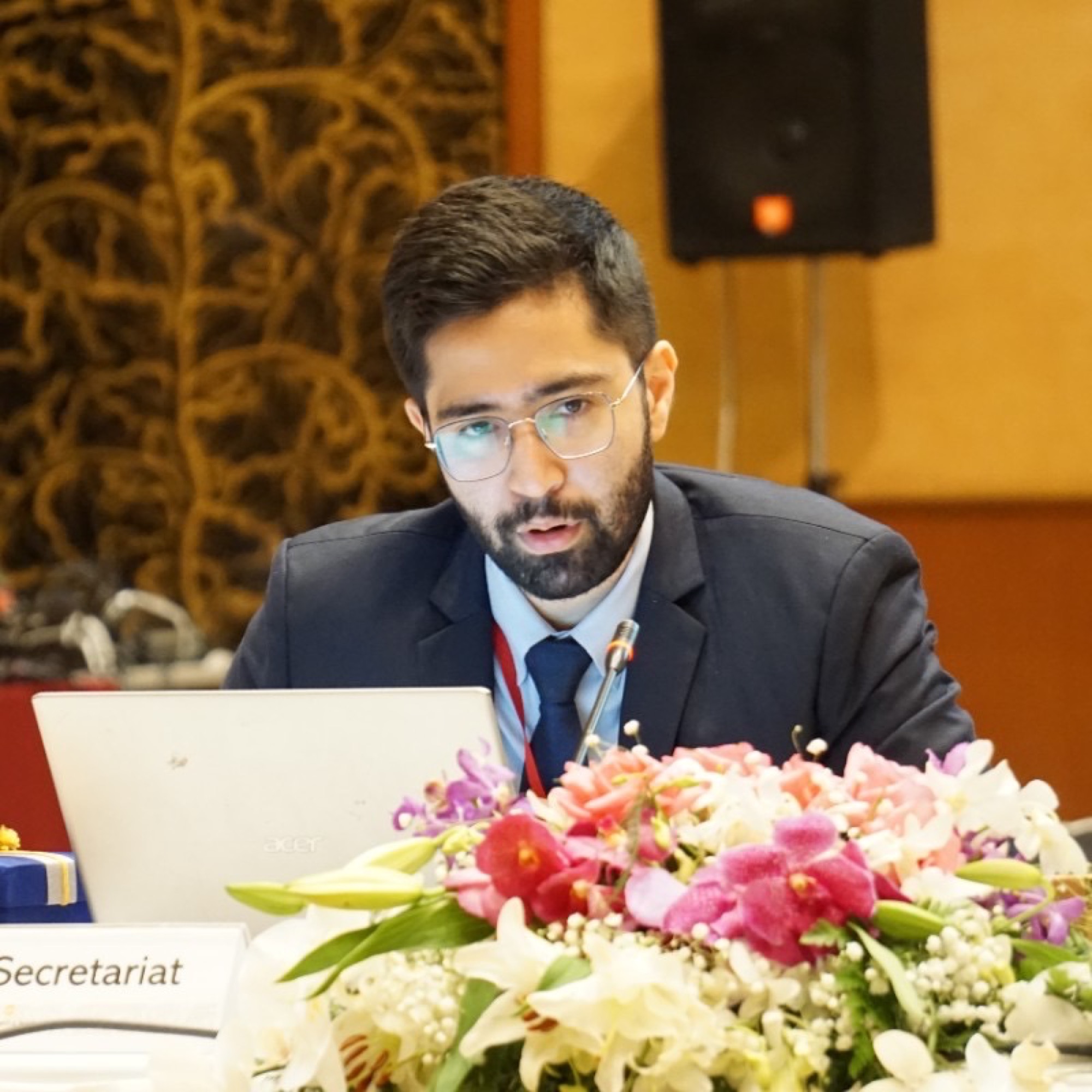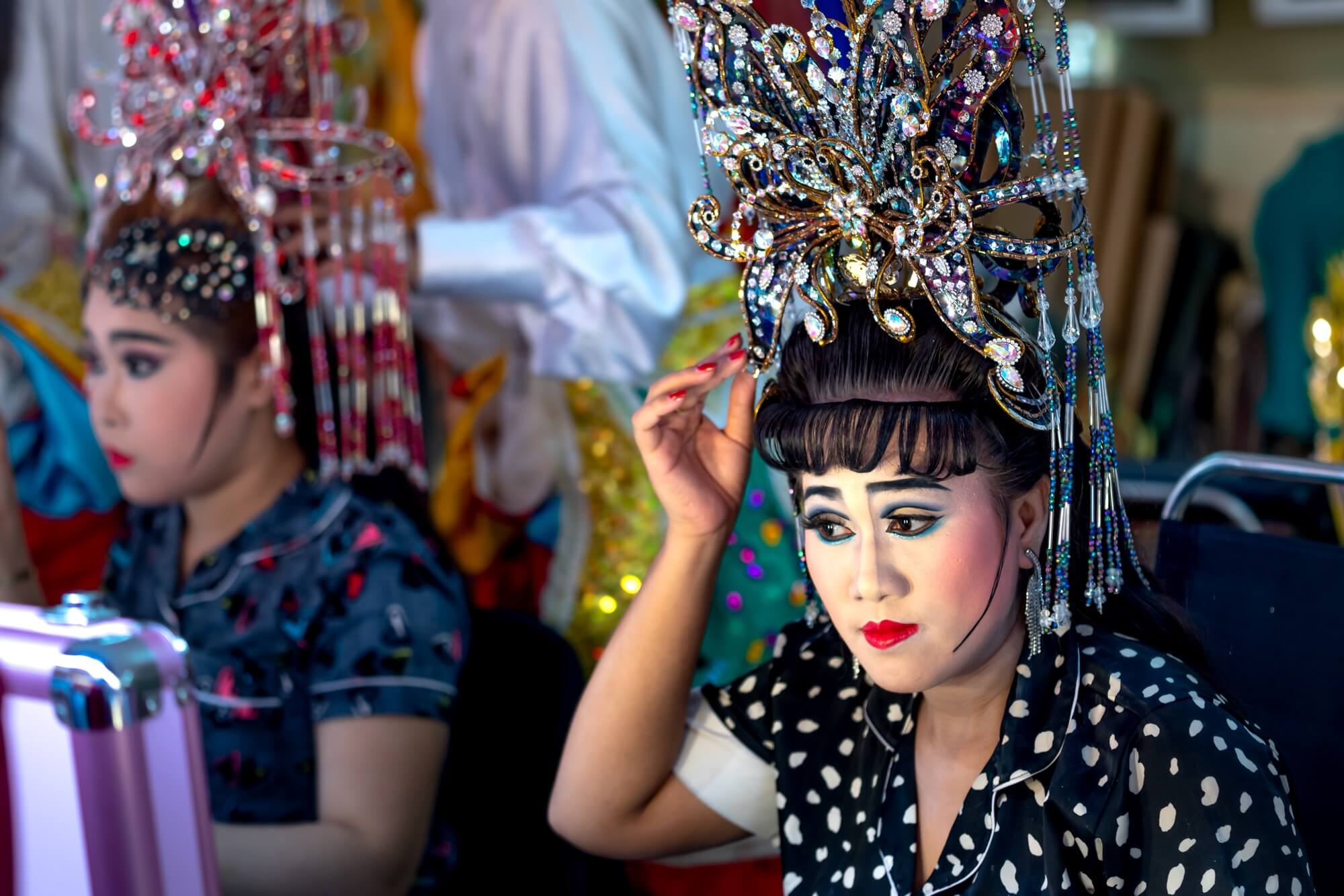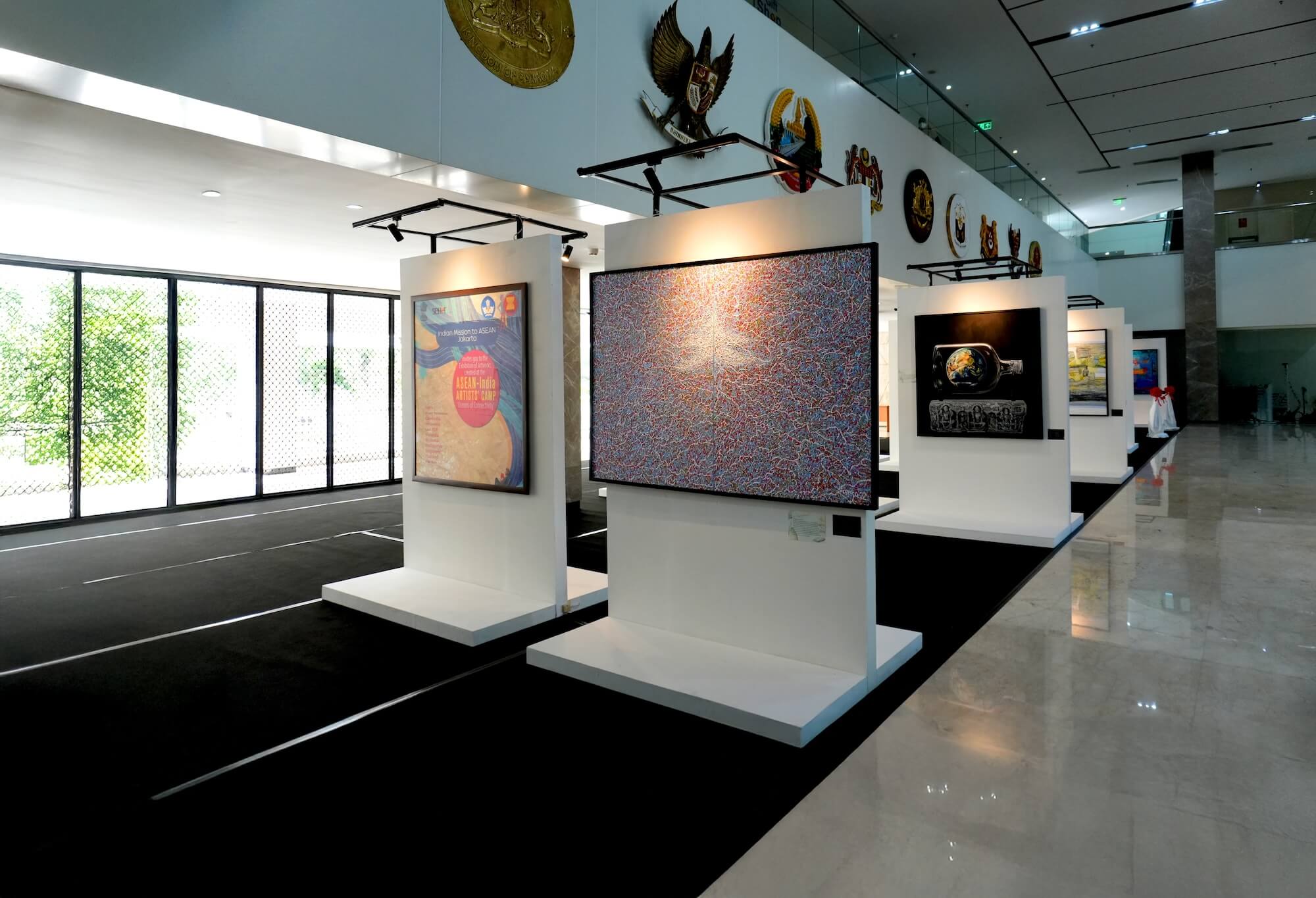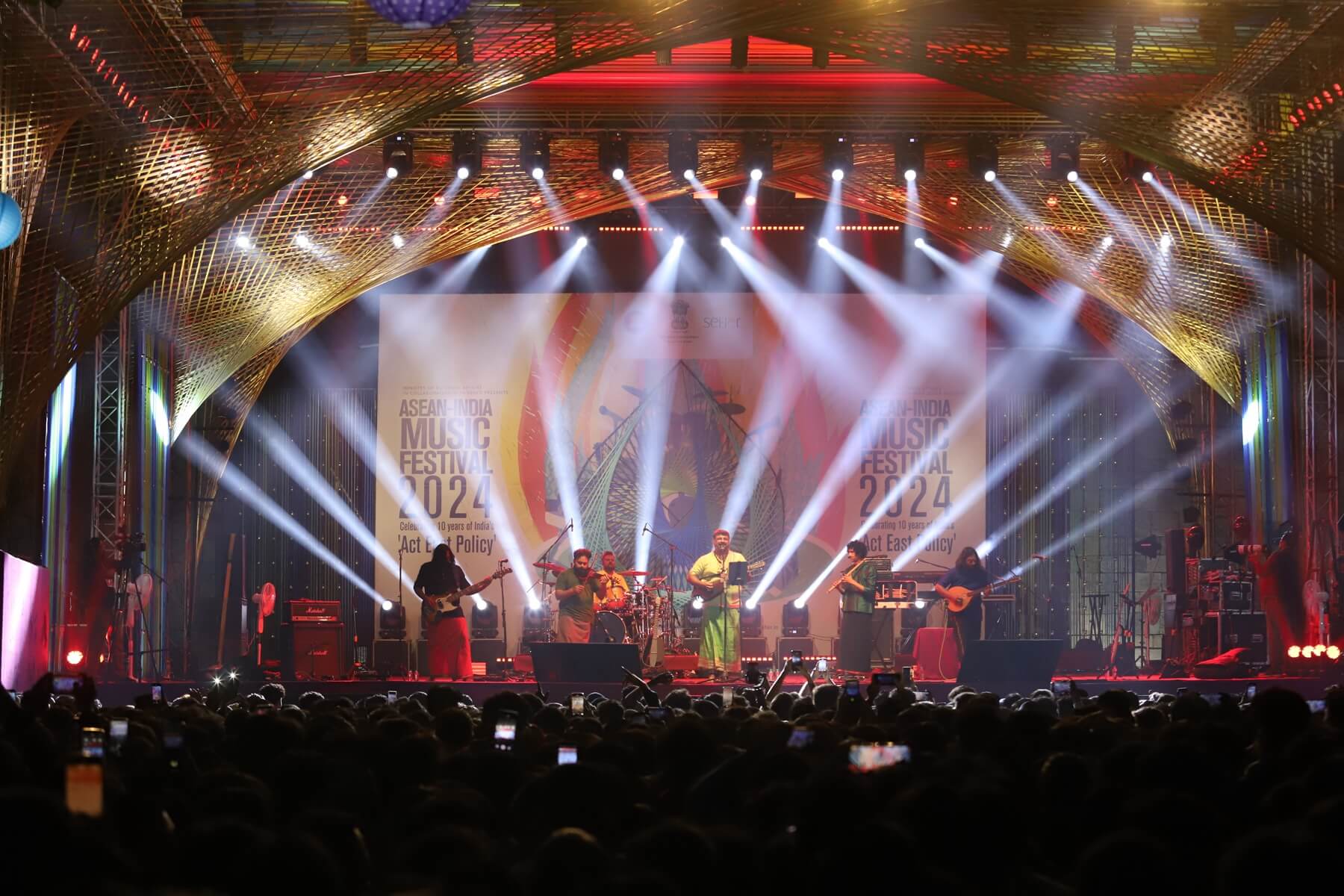




The intellectual property (IP) system has long been perceived as an enabler of commerce. However, to indigenous groups worldwide, and indeed within ASEAN, the IP system has increasingly been seen as a tool for safeguarding cultural heritage while promoting the commercialisation of traditional cultural knowledge and practices. With cultural piracy and the misappropriation of traditional works on the rise due to an increasingly borderless commerce ecosystem, could IP be the appropriate link between cultural preservation, cultural appreciation, and economic development? How could IP provide a connection between the products and expressions of indigenous groups and their provincial, national and regional governments for the prosperity of all?
Defining traditional knowledge and traditional cultural expressions
Traditional knowledge (TK) refers to the know-how, skills and practices developed and sustained through generations within a community. Meanwhile, traditional cultural expressions (TCEs) are the artistic or traditional representations of a community’s cultural and social identities. The two overlaps, falling under the umbrella of “intangible cultural heritage.” Using the example of the famous Lamphun Silk of Thailand, the method of weaving and the knowledge applied in cultivating cotton trees and methods of dying could all be classified as TK, while the final silk product would be the TCE.
The term “traditional” denotes the transmission of both knowledge and expressions from one generation to the next within a specific cultural group.
IP protection systems
Protection mechanisms for TK and TCE vary throughout the world. Artistic forms of knowledge and cultural expressions are often protected through a country’s copyright and trademark systems, but there are limitations. Copyright protection is usually granted to the author of a work (literary, dramatical, musical, and artistic) for a limited period, often for the length of an author’s life plus an additional 70 years. However, this protection may be insufficient to protect traditional cultural expressions. ASEAN Member States have recognised this shortcoming of traditional copyright laws.
In Indonesia, the copyright system is applied to protect works related to TCEs, with the Copyright Act ensuring that TCE rights endure indefinitely while protecting “communal” groups. In contrast, traditional copyright is often only granted to a limited group of authors.
In Viet Nam, a 2011 government decree recognised TCEs (referred to as “Folklore” in the declaration) as eligible for extended copyright protection, including all artistic expressions of culture such as village festivals, folk games, dances and traditional tales, among others. Such government decree has allowed the Vietnamese cultural art of Cải Lương, a Vietnamese form of folk opera, to flourish as stronger recognition has resulted in modern theatre groups collaborating with traditional Cải Lương performers to create contemporary performances that are culturally accurate.
Other than copyright protection, the trademark system, including collective and certification marks of authentic goods from traditional communities, could be beneficial to promoting TK and TCE. Trademark laws can fortify the markets of products derived from TK and TCE by preventing the erroneous granting of trademark protection to those outside the traditional communities.
One example in Malaysia is the Sarawak Litsea, a small tree whose oil composition has antimicrobial properties, and its product derivatives (including a medicinal oil and tea) that are protected by a series of trademarks applied for by the government of the State of Sarawak. The protection includes attributions and benefit sharing credited for the Bidayuh, Iban, Kelabit, and Lun Bawang communities of the Sarawak region. The Litsea tree has long been known for its medicinal properties by these four indigenous communities of Sarawak. In this case, intellectual property protection coupled with appropriate government intervention and benefit sharing has produced a best practice case in managing and preserving TK and TCE in ASEAN.
Beyond IP—the importance of intervention and organisational support
While this article has discussed how various mechanisms of the IP system can be used to protect TK and TCE, it is clear that both the trademark and copyright systems were not explicitly designed with TK and TCE in mind. Therefore, precise legislation on TK and TCE that considers the core issues is vital and is currently undergoing. The World Intellectual Property Organization (WIPO), a specialised UN agency responsible for promoting and protecting intellectual property globally, currently oversees the discussions at the Intergovernmental Committee (IGC) on Intellectual Property and Genetic Resources, Traditional Knowledge and Folklore. Model provisions have been developed and discussed for some years that will push forward the formalised protection and recognition of TK and TCE for WIPO members, which includes all ASEAN Member States. While decisions and policies put forward by the IGC may generate successful long-term solutions, legal change often needs to be faster. Therefore, governments, indigenous and traditional communities, and non-governmental organisations have often had to rely on more flexible approaches to ensure that TK and TCE are promoted in ways beneficial to traditional communities.
For example, the collaboration between the Bali Provincial Government and the Dior Fashion House demonstrates the proactiveness of a local government in ASEAN. Endek fabric, a woven cloth from Bali that falls under the broader categorisation of Batik fabric, has been long-famed for its intricate design and handmade weaving style, passed down through generations since the 18th century. Dwindling interest in the product due to plagiarism and reduced bargaining power had resulted in the reduction of Endek producers until Dior took an interest in the famed fabric. With Dior seeking to feature Endek fabrics in their Spring/ Summer 2021 collection, the Bali Provincial Government sprung to action to oversee the collaboration and ensure that traditional Endek producers were protected. The local government supported Dior’s use of Endek fabrics on the condition that the fashion house respected intellectual property rights and sourced the textile only from Balinese weavers.
In a post on one of its social media accounts, Dior stated, “Dior is committed to working side by side with local craftsmen to preserve local cultural assets and ensure that the techniques used are well preserved.” The result was an ideal collaboration that safeguarded the traditional cultural expression and its producers while promoting the product through one of the world’s biggest fashion brands, revitalising the Endek weaving industry. The partnership of Endek fabric producers and Dior shows that good practices can still be executed when existing protection mechanisms are insufficient. It requires extra intervention to ensure the protection of indigenous groups and that their practices are effective.

Towards effective regional cooperation in traditional knowledge and traditional cultural expressions
Given that the decisions of the IGC have yet to be finalised and that protection mechanisms for TK and TCE still vary from country to country, ASEAN has independently begun its journey towards creating a regional environment that effectively protects and promotes TK and TCE for the benefit of the involved parties. Under the ASEAN IPR Action Plan 2016–2025, four specific initiatives related to TK and TCE include comparative legal studies, the development of national guidelines and laws, the development of TK databases, and the implementation of regional cooperation agreements and codes of conduct. While governments worldwide are waiting for guidance from WIPO on protection mechanisms for TK and TCE, ASEAN has ensured it will not be left behind when the decisions arrive through the cooperation undertaken under the ASEAN IPR Action Plan.
The ASEAN Working Group on Intellectual Property Cooperation (AWGIPC) discussions have already resulted in the emergence of best practices from the ASEAN region. It is expected that more will continue to develop as Member States increasingly display their rich cultural heritage and the corresponding derivative products. ASEAN is home to 650 million people, with over 1,000 native languages, 4.5 million square kilometres of land, and countless cultural treasures that have yet to be discovered and appreciated.
This article has shown that while the intellectual property system can play a role in unlocking the potential of TK and TCE for indigenous groups and their respective government stakeholders, the system as currently presented is insufficient in protecting traditional and indigenous rights-holders, and maximising the potential of their outputs. More work must be done to formalise the definitions and scopes of protection for TK and TCE so that indigenous groups can market their products and still be assured that they are appropriately protected. Due to the current protection mechanisms’ insufficiencies, most TK and TCE success stories were realised through significant government interventions and additional layers of legal protection.
ASEAN is on track to address these insufficiencies through increased regional cooperation. It is hoped that more success stories will continue to emanate from the region and that a more robust legal framework will eventually emerge to complement this regional cooperation.









